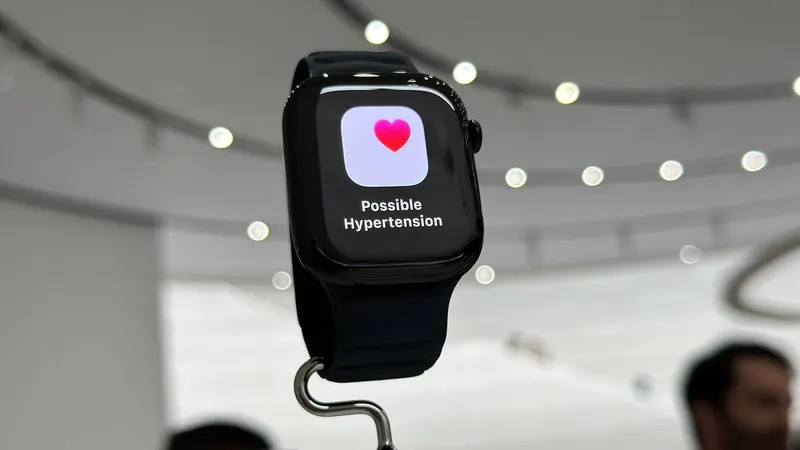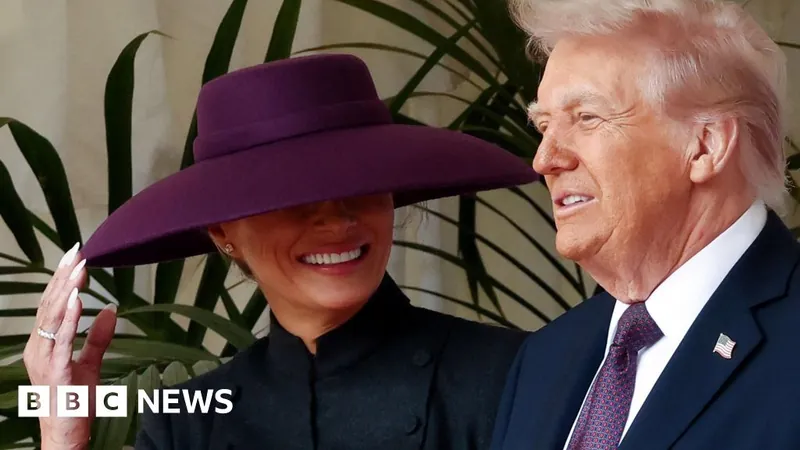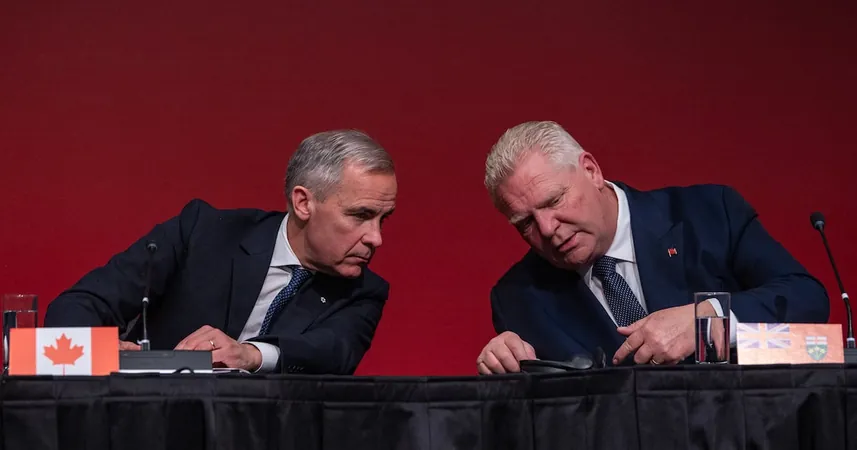
Gravitational Waves from Black Hole Collision Confirm Hawking's Groundbreaking Theory
2025-09-16
Author: William
A Historic Discovery in Astronomy
In an astounding event that took place on September 14, 2015, humanity experienced something unprecedented: the detection of gravitational waves from a black hole collision. These ripples in spacetime traveled for 1.3 billion years before reaching Earth, marking the first time we could 'hear' the universe through its vibrations.
Revolutionizing Our Understanding of the Cosmos
Gravitational waves offered us a new way to perceive the universe, adding a new layer to our senses beyond visible light and particles. Captured by the LIGO (Laser Interferometer Gravitational-Wave Observatory) detectors situated in Washington and Louisiana, these waves are extraordinarily subtle, capable of detecting changes smaller than one ten-thousandth the width of a proton.
A Network of Discovery
Scientists worldwide have joined forces through a global network called LVK, which includes LIGO, Virgo in Italy, and KAGRA in Japan. This collaboration has led to the detection of over 300 black hole mergers since 2015, occurring at an astonishing rate of about one collision every three days.
The Game-Changing Signal
An exciting new signal called GW250114 was captured on January 14, 2025, from a black hole collision approximately 1.3 billion light-years away. The clarity of this signal proved instrumental in testing fundamental physics. Katerina Chatziioannou, a leading researcher on the study, remarked, "We can hear it loud and clear, and that lets us test the fundamental laws of physics."
Hawking's Theory Finally Validated
This event provided tangible evidence for Stephen Hawking's black hole area theorem, which posits that black holes never decrease in surface area. The initial combined surface area of the two colliding black holes was around 240,000 square kilometers; after merging, the new black hole's area expanded to 400,000 square kilometers.
This study marks a significant advancement from the first test of the theorem in 2021, which had a confidence level of 95%—the new result boasts a staggering 99.999% certainty.
A Legacy of Inquiry
Kip Thorne, a co-founder of LIGO, recalled Hawking's keen interest in LIGO's capabilities to test his theorem after the first detection. Hawking, who passed away in 2018, would have been thrilled to see his groundbreaking theory validated.
Unraveling Cosmic Mysteries
The analysis also focused on the 'ringdown phase'—a critical period when a newly formed black hole settles into stability. For the first time, scientists differentiated between multiple vibration modes during this phase, confirming the predicted properties of the black hole.
Exciting Future Endeavors
Gravitational wave astronomy is set for a bright future; LVK aims to enhance its detection capabilities and establish new observatories, including LIGO India. The European Einstein Telescope and the U.S.-based Cosmic Explorer will push the boundaries further, potentially capturing the earliest signals from the universe.
Massimo Carpinelli from the University of Milano Bicocca emphasized this groundbreaking moment in gravitational wave research, stating, "We can explore a dark universe that was previously completely inaccessible."
Conclusion
The recent achievements in gravitational wave detection are fundamentally revolutionizing our understanding of the universe. With new technologies on the horizon, the quest to decode the cosmos has never been more thrilling. Expect even more astonishing discoveries as we continue to listen to the whispers of the universe.









 Brasil (PT)
Brasil (PT)
 Canada (EN)
Canada (EN)
 Chile (ES)
Chile (ES)
 Česko (CS)
Česko (CS)
 대한민국 (KO)
대한민국 (KO)
 España (ES)
España (ES)
 France (FR)
France (FR)
 Hong Kong (EN)
Hong Kong (EN)
 Italia (IT)
Italia (IT)
 日本 (JA)
日本 (JA)
 Magyarország (HU)
Magyarország (HU)
 Norge (NO)
Norge (NO)
 Polska (PL)
Polska (PL)
 Schweiz (DE)
Schweiz (DE)
 Singapore (EN)
Singapore (EN)
 Sverige (SV)
Sverige (SV)
 Suomi (FI)
Suomi (FI)
 Türkiye (TR)
Türkiye (TR)
 الإمارات العربية المتحدة (AR)
الإمارات العربية المتحدة (AR)